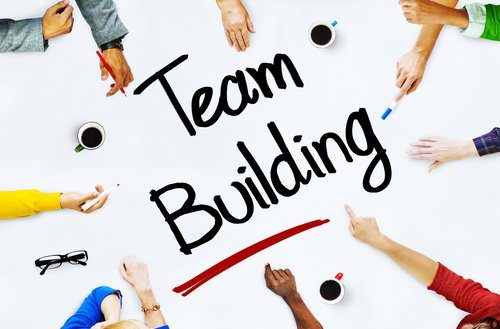
In the dynamic landscape of the modern workplace, the ability to work effectively in teams is paramount. Teams that collaborate seamlessly, communicate openly, and trust one another are not only more productive but also more innovative and resilient 企業團隊活動. At the heart of building such teams lies the practice of team building. In this article, we’ll explore the significance of effective team building, its impact on organizational success, and actionable strategies to cultivate strong, cohesive teams.
Understanding the Significance of Team Building:
Team building is more than just a series of activities or events; it’s a deliberate process aimed at fostering trust, camaraderie, and collaboration among team members. Effective team building creates a supportive environment where individuals feel valued, respected, and empowered to contribute their unique skills and perspectives towards common goals. It lays the foundation for a positive team culture characterized by open communication, mutual respect, and shared accountability.
The Impact of Effective Team Building:
The benefits of effective team building extend far beyond the immediate outcomes of individual activities. Strong, cohesive teams cultivated through effective team building initiatives are better equipped to:
Achieve Goals: Teams that work well together are more likely to achieve their objectives and deliver results in a timely and efficient manner.
Solve Problems: Effective team building enhances problem-solving skills and encourages creative thinking, enabling teams to overcome obstacles and adapt to changing circumstances.
Innovate: By fostering a culture of collaboration and experimentation, effective team building empowers teams to innovate and explore new ideas, driving organizational growth and competitiveness.
Navigate Challenges: Strong teams built through effective team building are more resilient in the face of adversity, able to weather challenges and emerge stronger on the other side.
Enhance Employee Engagement: Employees who feel connected to their team and have a sense of belonging are more engaged, motivated, and committed to their work.
Strategies for Effective Team Building:
Building strong, cohesive teams requires a strategic approach that addresses the unique needs and dynamics of each team. Here are some strategies for effective team building:
Clarify Goals and Expectations: Ensure that team members have a clear understanding of their roles, responsibilities, and objectives, aligning individual efforts with the team’s overall mission and vision.
Foster Open Communication: Encourage open and honest communication among team members, creating a safe space for sharing ideas, providing feedback, and addressing conflicts.
Cultivate Trust and Respect: Build trust and respect among team members through team-building activities that promote collaboration, empathy, and understanding.
Embrace Diversity and Inclusion: Celebrate diversity and create an inclusive environment where all team members feel valued, respected, and empowered to contribute their unique perspectives and talents.
Lead by Example: Leaders play a crucial role in shaping team dynamics and fostering a positive team culture. Lead by example, demonstrating transparency, integrity, and a commitment to teamwork.
Conclusion:
In conclusion, effective team building is a cornerstone of organizational success, enabling teams to collaborate effectively, communicate openly, and achieve their goals. By investing in team building initiatives that prioritize clarity, communication, trust, and inclusion, organizations can cultivate strong, cohesive teams that are resilient, innovative, and poised for success in today’s fast-paced business environment.